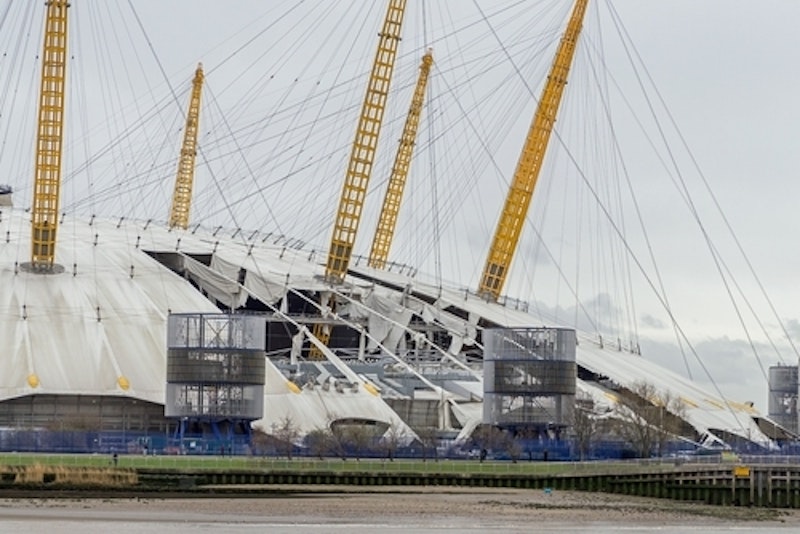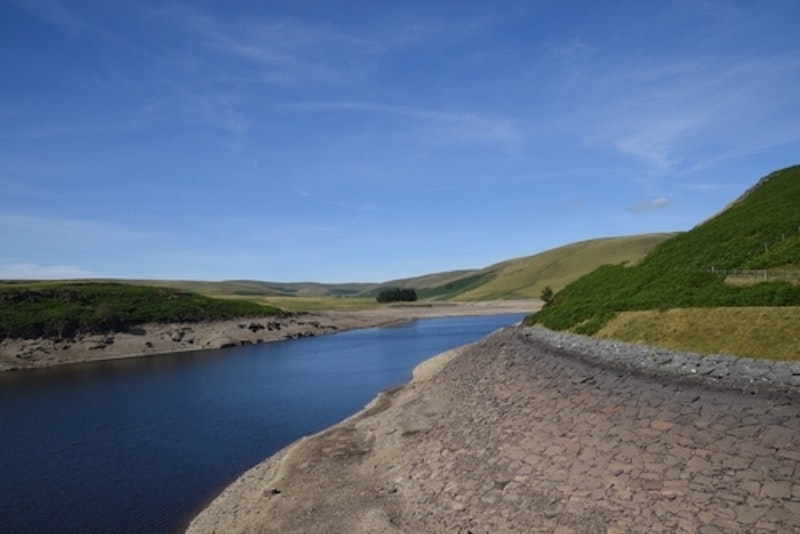Study Notes
GCSE Geography | Extreme Weather in the UK (Weather Hazards 11)
- Level:
- GCSE
- Board:
- AQA, Edexcel, OCR, Eduqas
Last updated 17 Oct 2024
Although the UK doesn't experience tropical storms like many regions around the globe, it does experience regular extreme weather events.
Prolonged rainfall and flooding
Persistent rainfall over a long period can lead to river floods, this is because the ground is complete saturated meaning it can no longer absorb water, and as a result there is more surface run-off, so more water returning straight to the river than soaking into the ground. This is common in the UK especially during the late winter and early spring when snowmelt makes the problem worse. During the very wet winter of 2013 to 2014 flooding was widespread across much of southern England, including the Somerset Levels, which many of you will have studied as your UK weather hazard case study. This was an example of slow-onset flooding.
In contrast we also see river flash flooding where intense rainfall brings a huge amount of water into an area in a short space of time. This is common in upland areas where the slopes are steep, for example when storm Desmond hit the Lake District in December 2015 or when Boscastle in Cornwall, sitting at the bottom of a steep sided valley, was completely overwhelmed by water after more than 18cm of rainfall fell in 5 hours in August 2004.
In addition, we have coastal flooding when a deep depression causes strong winds, that bring a storm surge to a major river estuary, funnelling coastal water into the mouth of a river. The most devastating example of this was in 1953 when huge storm surges hit the East coast of the UK, with 300 people dying along the Thames Estuary alone. This is not usually linked to prolonged rainfall.

Strong winds
This leads nicely to our next extreme weather event – strong winds. The UK does occasionally get battered by strong winds. Sometimes the remnants of hurricanes travel over the Atlantic from the USA and Caribbean.
In February 2022 wind speeds of more than 200km/h were recorded at the top of Cairn Gorm – a peak in Scotland – that’s the equivalent of a category 4 hurricane. In the same month Storm Eunice battered southern Britain, and even ripped much of the London O2's roof off.
The UK experiences depressions on a regular basis and these often bring heavy rain and trigger river or coastal flooding (see above). As well as the damage by water they also can lead to great storm damage, for example the St Jude storm in October 2013, which felled trees, toppled lorries and double decker buses and caused the deaths of 5 people.
These storms often lead to widespread power cuts – in autumn 2021 thousands of people were without power for more than a week across the Lake District as storms bought power lines down, leading to widespread disruption to businesses, but also left people unable to heat their homes or get hot water, just as snow started to fall.

Drought and heatwaves
Drought is defined as an extended period of low or absent rainfall relative to the expected average for a region, which in the UK is fifteen consecutive days with less than 0.2 millimetres of rain on any one day. Once it has become this dry there may be insufficient water to produce crops, particularly if levels of stored water are low, such as in reservoirs, and rivers have started to dry up. Drought is fairly common in the south-east of England which is the driest area in terms of rainfall, and usually the hottest – luckily droughts are fairly short-lived. The longest drought on record in the UK occurred over an 18-month period in 1975 and 1976, however the summer of 2022 saw widespread droughts across the UK, with water levels in reservoirs dropping lower than seen before.
Linked to drought are incidents of heatwaves, which are becoming more common due to climate change. In 2003 Europe suffered an extreme heatwave which led to the deaths of over 20,000, and many countries recorded their highest ever temperatures. However those records have been broken more recently – July 2022 saw the highest temperature ever recorded in the UK, with a temperature of 40.3°C at Coningsby, Lincolnshire, beating the previous record set in Cambridge in 2019 by 1.6°C recorded at Cambridge Botanic Gardens. The Met Office reported that man-made global warming has made summer heatwaves thirty times more likely in the UK.

Extreme cold
Many people often talk about how winters in the past were much colder and harsher than they are now, we have still had some recent significant periods of extreme cold, such as the winter of 2010-11, and 2014-15, and of course the Beast from the East in 2018, which caused a great deal of disruption and hardship, particularly in areas of the north.
There are many problems associated with extreme cold – in which leads to stranded passengers and huge economic loss. Extreme cold also has an enormous impact of farming – with frost and snow killing off thousands of crops, and livestock, such as cattle, struggling to survive the freezing temperatures.

You might also like
Cyclone Pam hits vulnerable island nations
14th March 2015

Storm Jonas, the Blizzard and a Panda's Snow Angel
24th January 2016
Storm Ciara batters the UK
9th February 2020
Tri-Dominoes - Weather Hazards (Paper 1) | Revision Activity
Teaching Activities
Daily Email Updates
Subscribe to our daily digest and get the day’s content delivered fresh to your inbox every morning at 7am.
Signup for emails